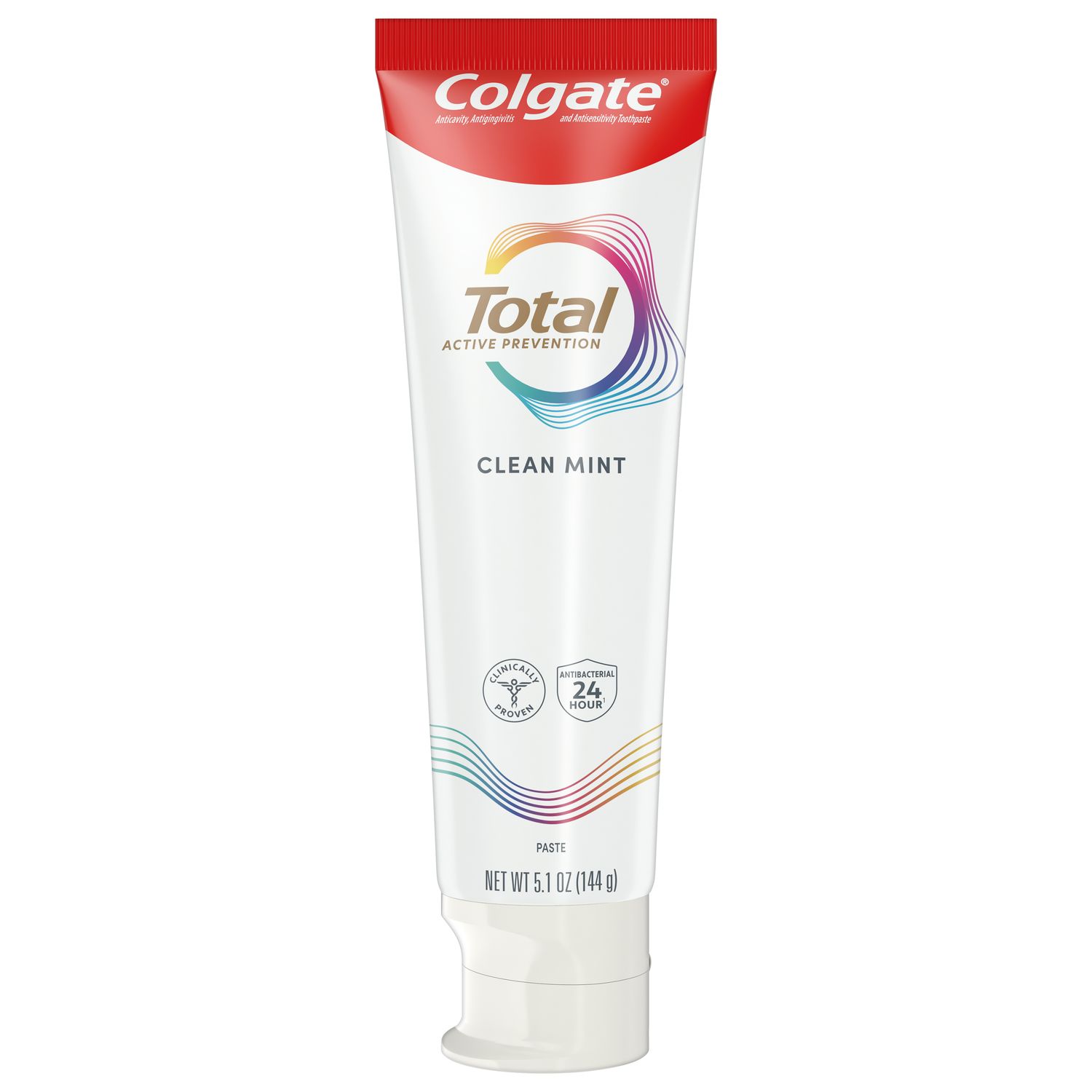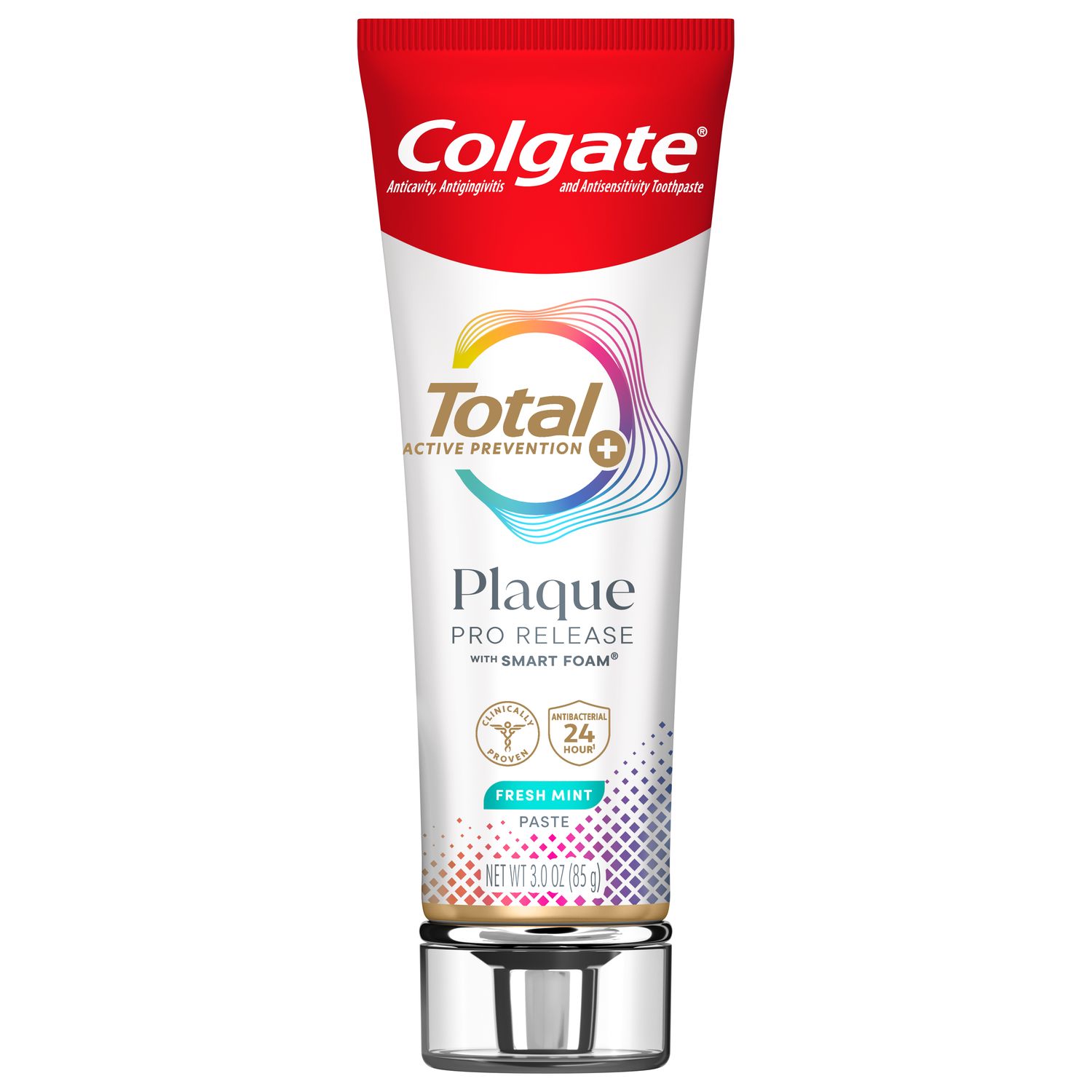
Fluoride is the gold standard for dental caries prevention, but you may encounter patients seeking alternatives for themselves and their children. Here, we explore the evidence for common fluoride adjunctives/potential alternatives and discuss how dental students can best support their patients.
Dental caries and fluoride
Dental caries remains the most prevalent non-communicable disease worldwide. In the United States alone, 9 in 10 adults have some degree of dental caries, while 13.2% of children and adolescents (aged 5-19) are thought to be living with untreated caries.
Fluoride is added to water supplies and oral hygiene products like toothpastes and mouth rinses. It is also used in-office as a topical caries preventive, mainly in the form of varnishes and gels. There is a wealth of evidence supporting the efficacy of topical fluoride, so much so that it is universally considered the gold standard in caries prevention. In addition, the American Dental Association (ADA) describes the fluoridation of community water supplies as “the single most effective public health measure to prevent tooth decay”, reducing caries by more than 25% in children and adults.
Despite the overwhelming evidence in support of fluoride, you will come across patients who are skeptical. Some avoid fluoride as they perceive it to be harmful/unhealthy, while others question the need for fluoride at all.
While we know that fluoride is the gold standard for caries prevention, our role is ultimately to be a partner in the patient’s oral care. In this case, that means helping patients understand the available evidence so that any decision they do make is an informed one. Importantly, dental professionals should review the evidence when considering recommendations and use of non-fluoride agents for caries prevention, whether as an adjunct or alone.
Non-fluoride agents for caries prevention — what does the evidence say?
Professional organizations periodically review the evidence on non-fluoride adjuncts and alternatives for caries prevention, and clinical practice guidelines provide practical information for dental professionals. For example, a panel of experts from the ADA Council on Scientific Affairs conducted a review of 50 randomized controlled trials and 15 non-randomized studies on non-fluoride agents. Below is a brief summary of evidence-based clinical recommendations and the results of systematic reviews. (You can find the ADA's full version here and a chair-side summary here.)
Polyols
Polyols include compounds like xylitol, erythritol and sorbitol. These can be used to make sugar-free chewing gum, lozenges, hard candies and syrups. Xylitol is the most commonly used in relation to oral care. It is added to toothpastes as a sweetener, used in chewing gum intended as an adjunct for caries prevention, and has also been included in toothpaste as an anti-caries agent.
Based on its 2011 review, the ADA chair-side guide states that there is evidence (weak) supporting the adjunctive use of xylitol or combinations of polyols in chewing gum. Chewed for 10-20 minutes after meals, they may reduce the incidence of coronal caries in children 5 years old and over. While there is insufficient evidence for adults, expert opinion supports similar use.
Expert opinion stated that children age 5 and over and adults may benefit rom sucking xylitol-containing hard candies or lozenges after meals, at a dosage of 5-8 grams per day spread over two to three uses.
In a 2015 Cochrane review, it was found that "a fluoride toothpaste containing 10% xylitol may reduce caries by 13% when compared to a fluoride-only toothpaste". This was based on two randomized trials, although a risk of bias was noted.
For all other modalities in children and for the use of xylitol in adults, there was insufficient evidence to form conclusions. In a 2017 systematic review that included xylitol gums, lozenges or toothpaste, it was concluded that xylitol had a small caries preventive effect.
Chlorhexidine/Chlorhexidine-thymol
Chlorhexidine is an antimicrobial agent used in rinses to prevent or treat gingivitis. In some locations, it is also available in gels and varnishes. A chlorhexidine-thymol varnish (ratio 1:1) is also available. Based on the ADA review, the evidence supports the adjunctive use of varnish containing a 1:1 mixture of chlorhexidine and thymol to reduce the risk of root caries, when applied every three months. The evidence/expert opinion did not support its use against coronal caries, and the clinical guideline recommended against adjunctive use of this varnish or other chlorhexidine formulations as adjunctives for caries prevention.
Other non-fluoride agents
The ADA review found insufficient evidence to make recommendations for other non-fluoride adjunctives such as iodine, calcium phosphate products or sialogogues.
Keeping an open mind
It's important to remember that when insufficient evidence is present, it does not necessarily mean that a particular agent is or is not effective. It simply means that there are not enough data points (trials and other sources of information) to form an evidence-based determination on efficacy (or lack thereof). Additional clinical trials for a particular agent/modality could, at a later date, provide sufficient information for such a determination.
To illustrate, consider the use of casein phosphopeptide-amorphous calcium phosphate (CPP-ACP) as an anti-caries agent. In a 2015 systematic review of 12 studies, it was concluded that evidence was lacking for a recommendation on CPP-ACP paste or a paste containing CPP-ACP and fluoride, and that more researched was needed. In a more recent review of 10 studies up to 2017, use of CPP-ACP along with fluoride was found to be no more effective than fluoride alone for smooth surface early caries lesions. On the other hand, the combination was more effective than fluoride alone for occlusal surfaces, although additional well-designed studies were needed. Since then, additional studies have been conducted researching this compound.
Takeaways
Fluoride remains the gold standard as a safe and effective anti-caries agent. The evidence base for non-fluoride agents as adjuncts is lacking/limited depending on the agent. Nonetheless, individual studies may exist that may offer limited support while not providing an evidence base.
It's important to look at the evidence when making recommendations to patients, including those who may be skeptical about fluoride. At the same time, since research is ongoing, we should remain open-minded about the possibility of future evidence-based non-fluoride solutions, e.g., as a result of research on biofilm modulation. It's also important to be clear that our decision-making should include the evidence base, as well as clinical judgement and patient preferences. By doing so, you are perfectly positioned to help every patient make informed decisions about their oral health now and in the future.
Join us
Get resources, products and helpful information to give your patients a healthier future.
Join us
Get resources, products and helpful information to give your patients a healthier future.













